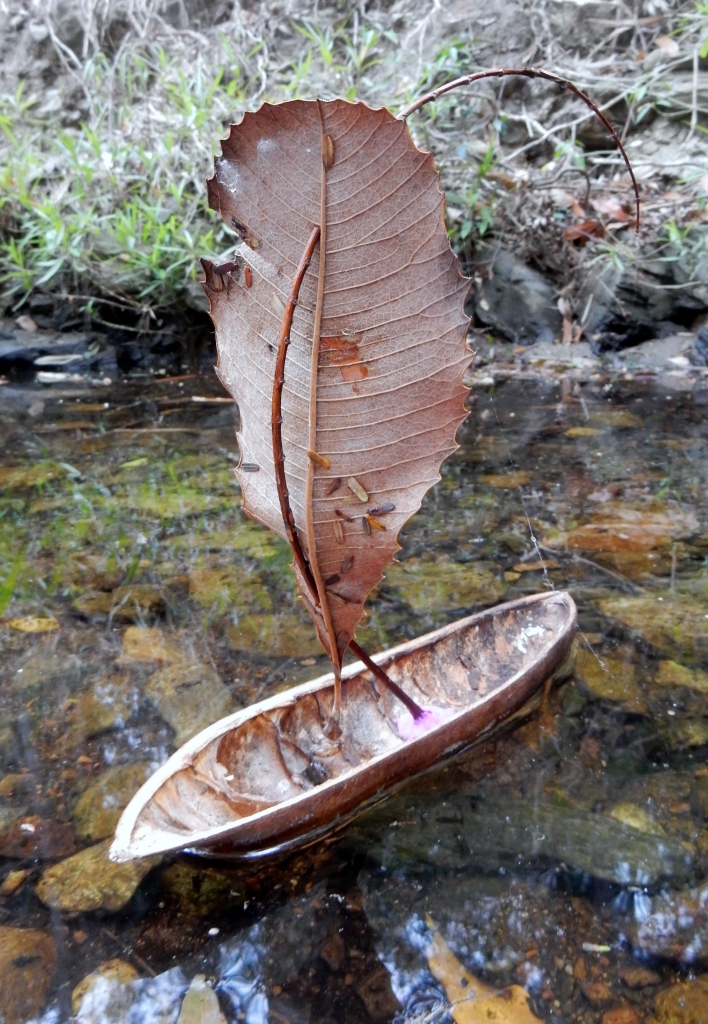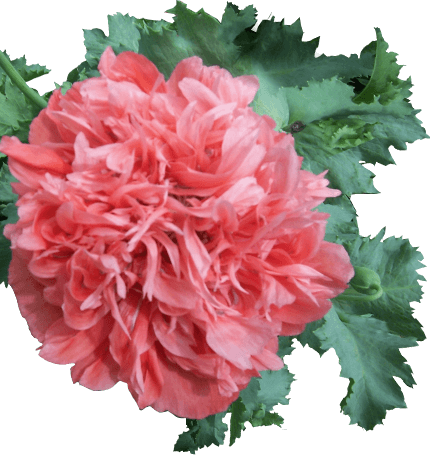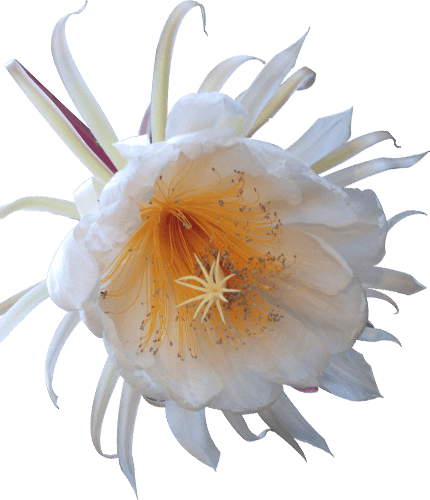As with any Botanic Gardens, we offer a wide range of educational activities across a variety of age ranges. Some are more successful and/or popular than others. When you look at the community education activities that are most popular – regardless of age – odds on they include a blend of art and science.
Despite popular opinion that one is either an arty person or a science nerd, there has long been a close association between the two disciplines. Both art and science are ways in which humans investigate and explore their environment in an attempt to understand and describe the world around us. Scientists and artists may use different methodologies and appeal to different audiences, but the motivations and goals are essentially the same.
In fact, science and art has a long history of successful collaboration. The ancient Greek word for art was techne, from which the words technique and technology are derived—terms that are equally applicable to both scientific and artistic practices.
It’s not difficult to blend science and art to create an activity that is both informative and creative. Here’s a selection of activities we run that have proven consistently popular with our visitors.
The School Holiday Activity ‘Seed Stories – Botanical Boats’ is part of an educational series designed to teach children (4 to 13) about the nature and function of seeds and how plants disperse their seed. This particular activity focuses on plants that use water for seed dispersal. After learning the ‘science’, participants put their creative talents to work creating boats from natural materials – using a Castanospermum austral seed pod as the boat hull. The boats are then tested for their ‘sea-worthiness’ in one of our small waterways.

Make a botanical boat from seed pods.
In the ‘Painting Rare Local Flora’ workshop, we encourage people to get up close and personal with some of Brisbane’s unique, rare plants (eg Corchorus cunninghamii). The species chosen can vary from workshop to workshop, but involve participants seeing the plants in real life and then learning about their distribution, habitat and status. Choosing one rare species to paint – following the artistic style of William Morris – workshop participants use pattern and repetition to create a colourful design of leaves, flowers and fruit.

William Morris inspired artwork featuring Corchorus cunninghamii.
‘Bugs in the Gardens’ is another popular School Holiday Activity – a version of which I am sure appears in every Botanic Garden’s activity line-up. The ‘science’ looks at identifying arthropods and understanding their life cycles. It includes a hunt around the gardens to collect and examine any poor, unsuspecting species minding their own business crawling, flying, swimming and burrowing in the ponds and garden beds. Using the real life specimens they observe, participants then select from a range of natural materials (leaves, nuts, twigs, berries and seeds) and use clay or hot glue (whichever is more age appropriate) to create their very own arthropod to take home.

How many legs and body parts are there in an arthropod?
In the ‘Art of the Leaf’ workshop, participants learn about the purpose and function of leaves. They look closely at a range of leaf characteristics, such as shape, margins, venation and texture and investigate the processes of photosynthesis and transpiration. The characteristics of the leaves themselves determine their artistic interpretation. Participants can create intricate filigree designs or simpler, linear patterns from cutting out sections of leaf from around the leaf veins. These are then mounted on heavy cardstock for framing and can be further embellished with stitched wool, beads and sequins.

So as you can see, art and science are not mutually exclusive endeavours – they exist as a fabulous, collaborative synergy. Although it’s possible to run the scientific component of these activities as a practical, hands-on and purely scientific task – the fun and positive energy involved in doing it as a creative task, ensures that the participants have a positive memory of the science, as well as a lasting reminder to take home.


